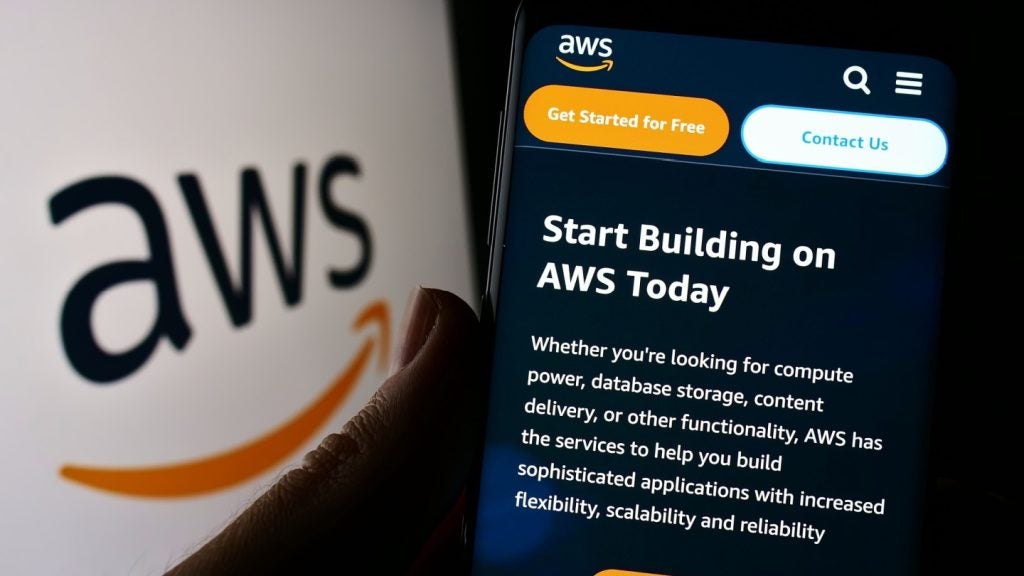
Cloud has revolutionised how companies scale, innovate and adapt, serving as the lifeblood of countless startups and multinationals. It underpins e-commerce platforms, enables seamless remote collaboration and powers the data analytics engines that drive strategic decision making.
It is also not just a business tool. It is an integral part of our daily lives, entrusted with some of our most personal data.
But an ominous shadow looms large. The cloud, with its abundance of sensitive data, has become a prime target for cybercriminals. As we look ahead to 2024, securing your cloud environment is one of the most pressing cybersecurity issues facing businesses today.
Rising storm of threats
In the battlefield of cybersecurity, defenders must be right every time but attackers only need to be right once.
As data storage and processing continue to shift to the cloud, businesses have faced a host of cybersecurity challenges in recent years. Cloud deployments have become a hotspot for bad actors who seek out these huge pools of data and exploit vulnerable cloud environments.
The use of AI among threat actors has also meant that adversaries have learnt how to apply new, more sophisticated tools and techniques in their attacks. Earlier this year, Darktrace saw a 135% increase in novel social engineering attacks (phishing attacks that use sophisticated language and grammar to appear authentic) in the months after OpenAI’s ChatGPT’s launch in November 2022. AI has lowered the barrier to entry for attackers and allowed them to operate faster, heightening the risk of cyber threats.
How well do you really know your competitors?
Access the most comprehensive Company Profiles on the market, powered by GlobalData. Save hours of research. Gain competitive edge.

Thank you!
Your download email will arrive shortly
Not ready to buy yet? Download a free sample
We are confident about the unique quality of our Company Profiles. However, we want you to make the most beneficial decision for your business, so we offer a free sample that you can download by submitting the below form
By GlobalDataDefending the cloud is complex
The sheer scale and complexity of cloud ecosystems means they are a vulnerability for most organisations. The integration of a wide range of applications and connections, each with their own configurations, has created sprawling multi-layered cloud stacks that are difficult for both IT teams and security teams to not only monitor, but completely understand.
This same complexity is creating risk of breach as improper setups lead to exploitable misconfigurations and exposed APIs. Attackers know that cloud environments are target rich, sniffing out those misconfigurations and exploiting them for access to the organisation’s network. Often enough, victims don’t know their cloud has been breached
This security concern has garnered attention at the highest levels, including the White House, with US acting national cyber director, Kemba Walden, stating that “if it’s disrupted, [cloud] could create large potentially catastrophic disruptions to our economy and to our government” which has expressed apprehensions about the systemic risks posed by large-scale cloud infrastructures, potentially too critical to fail.
Considering the widespread adoption of cloud services by businesses and individuals, the security stakes are enormous. Any significant disruption in cloud services could have far-reaching consequences, affecting economies, governmental functions, and the global populace.
The cloud skills gap
Adding to the complexity of the cloud challenge is the critical shortage of cybersecurity professionals with specific expertise in cloud.
Skills in cybersecurity are already scarce. Most businesses barely have the security personnel they need. It can be even more difficult to find experts who can build and maintain secure cloud architectures.
We need more experts equipped to address the evolving threat landscape around the cloud. The solution lies in investing in qualified personnel who are trained in building environments securely, detecting threats and implementing strong defensive strategies designed for that cloud environment.
This is a responsibility that doesn’t just sit in the security team. The IT team needs people with the skills and experience to architect a robust and secure cloud infrastructure.
Checking blind spots is critical
There is hope for businesses to protect themselves against these vulnerabilities and create robust, secure cloud environments. The trick is to build a proactive strategy.
First, invest in IT and security experts who understand the nuances of building and securing cloud environments. These professionals can help design and implement robust security measures tailored to your organisation’s needs. Fostering a culture of cybersecurity awareness is essential to minimise human-error-induced breaches. Every employee should be well-informed on the risks and educated on best practices, such as strong password management and two-factor authentication.
The best solutions are real-time and cloud-native, which means a dynamic view of known and novel threats within your cloud and potential weak spots – misconfigurations and unusual API connections. Having visibility and understanding of your total architecture and its risks is crucial – without awareness of what data you have stored and where, protection is impossible.
In addition to continuous AI-driven threat detection and monitoring, having a comprehensive incident response plan, specifically tailored for cloud-related threats, will encourage speedy and effective responses, significantly reducing the impact of a breach.
As we turn a corner into the new year, it is crucial for business leaders and CISOs to recognise cloud as a security risk that demands their attention.
The cloud’s allure for attackers, coupled with its growing complexity and importance, undoubtedly presents a challenge. But with a proactive cybersecurity mindset, human expertise and real-time AI-driven technology, businesses can create resilient cloud systems and safeguard their most valuable assets.








Related Company Profiles
Darktrace Holdings Ltd